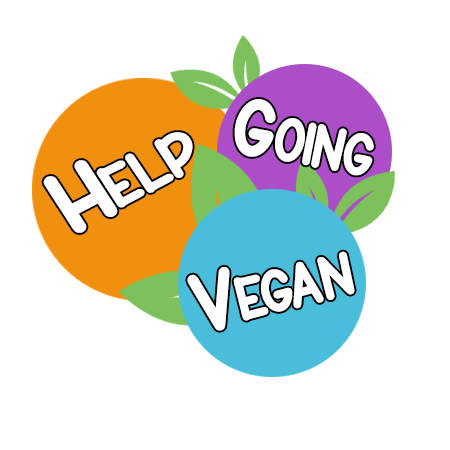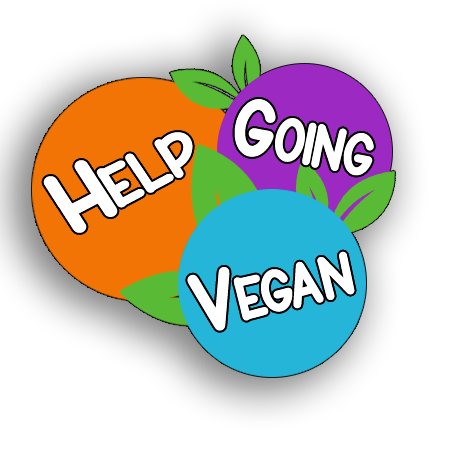1789 – Jeremy Bentham Questions Moral Boundaries
Bentham writes: “The question is not, Can they reason? nor, Can they talk? but, Can they suffer?” – challenging human moral exceptionalism.
1891 – Henry Salt Publishes Animals’ Rights
Salt argues animals have intrinsic rights and links human and non-human oppression: “If we are ever to do justice to the lower races, we must get rid of the antiquated notion of a ‘great gulf’ between them and mankind.”
1892 – Anna Kingsford’s The Perfect Way in Diet
Kingsford denounces human supremacy and argues that “no being exists for the use of another,” linking peace, feminism, and animal liberation.
1903 – Lizzy Lind af Hageby Publishes The Shambles of Science
Exposes cruelty in medical research labs and demands total abolition of vivisection, equating animal testing with structural violence.
1920s – Dora Russell Advocates Feminism and Animal Rights
Russell links patriarchy, militarism, and human domination of animals, framing animal exploitation as part of broader systems of oppression.
1931 – Gandhi Credits Henry Salt
Gandhi states that “the greatness of a nation… can be judged by how its animals are treated,” connecting non-violence ethics to animal justice.
1932 – Norbert Elias Critiques Human Exceptionalism
Elias writes that domination of animals reflects moral decay in society, helping frame early cultural critiques later used by animal rights thinkers.
1944 – The Vegan Society Founded
Donald Watson, Elsie Shrigley and others break from the Vegetarian Society to form the Vegan Society. Watson defines veganism as the direct opposition to the exploitation of sentient life.
1948 – Universal Declaration of Human Rights Inspires Moral Expansion
The UDHR sparks philosophical debate on expanding moral consideration to animals, influencing future rights theorists.
1954 – Leslie Cross Publishes “The Surge of Freedom”
Cross links veganism with human and environmental justice, articulating an early intersectional approach to exploitation.
1960 – American Vegan Society Founded
Jay and Freya Dinshah establish AVS, explicitly promoting ethical veganism and ahimsa, bridging peace and animal liberation ethics.
1965 – Brigid Brophy Publishes “The Rights of Animals”
Brophy’s landmark essay explicitly calls for animal rights, helping inspire Animals, Men and Morals and the modern academic debate.
1970 – Richard Ryder Coins “Speciesism”
Ryder defines speciesism as discrimination based solely on species, a concept foundational to modern animal rights thinking.
1971 – Animals, Men and Morals Published
Edited by Rosalind Godlovitch, Stanley Godlovitch, and John Harris, it frames animal ethics as a legitimate field of philosophy.
1975 – Peter Singer Publishes Animal Liberation
Popularizes speciesism and challenges the morality of animal exploitation, sparking worldwide ethical debate.
1976 – Ronnie Lee Founds the ALF
The Animal Liberation Front launches direct action campaigns, introducing “liberation” framing into mainstream discourse.
1983 – Tom Regan Publishes The Case for Animal Rights
Regan argues animals are “subjects-of-a-life” with inherent value, creating a rights-based foundation distinct from utilitarian ethics.
1989 – Kimberlé Crenshaw Coins “Intersectionality”
Introduces a framework for understanding overlapping oppressions, later applied within animal rights and vegan intersectionality.
1989 – Televised Animal Rights Debate
Featuring Regan, Ryder, and others, this debate brings academic animal rights arguments to mainstream audiences.
1990 – Carol J. Adams Publishes The Sexual Politics of Meat
Links patriarchy, feminism, and animal exploitation, introducing the concept of the “absent referent.”
1992 – “Point/Counterpoint” Debate
Features Regan, Francione, and Newkirk, highlighting the divide between abolitionist and welfarist approaches.
1997 – Gary Francione Publishes Rain Without Thunder
Reasserts abolitionism and calls veganism the moral baseline, shaping modern animal rights theory.
2000 – Harvard Launches Animal Law Program
One of the first major academic programs dedicated to the legal dimensions of animal rights.
2004 – Joan Dunayer Publishes Speciesism
Critiques species hierarchy and calls for consistent liberation for all sentient beings.
2000s – Roger Yates & Corey Lee Wrenn Develop Movement Theory
Academic work focuses on social movement framing, vegan moral baseline, and critiques of welfarism.
2010s – pattrice jones Expands Intersectional Animal Liberation
Advocates for integrating feminism, LGBTQ+ rights, anti-racism, and animal rights into a single liberationist framework.
2015 – Aph Ko Brings Critical Race & Anti-Colonial Lens
Challenges “white wellness” vegan culture, centering decolonial and anti-racist perspectives in animal rights.
2015 – Veganism Recognized as Protected Belief (UK)
Legal precedent recognizes veganism as a protected philosophical belief under equality law.
2020s – Intersectional & Anti-Oppression Veganism
The movement increasingly incorporates anti-racist, anti-colonial, feminist, and environmental justice perspectives alongside animal liberation.

